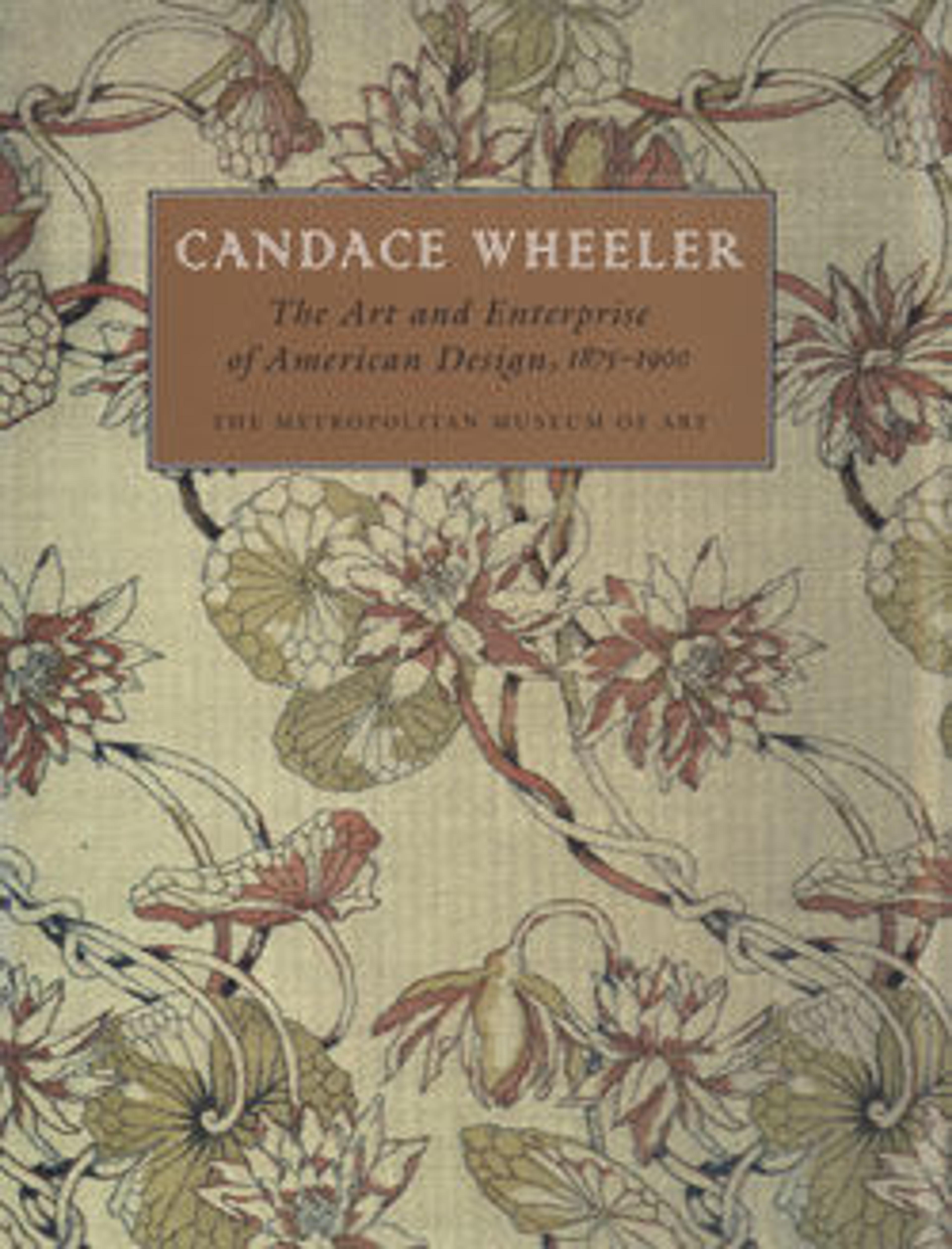Clematis textile
Notice how the flowers on this textile fade in and out of the background. The clematis operate as impressions rather than direct representations. This effect is created by the use of a sophisticated weaving technique that created fabrics called "shadow silks" by designer Candace Wheeler. They were made by printing a pattern on the vertical threads (warp) of a fabric before the fabric was woven. Once the horizontal threads (weft) were pulled over the warp threads, the printed image was blurred and softened. This example expresses an atmospheric quality similar to French Impressionist painting that was popular during the period. Wheeler, the founder of her textile firm Associated Artists, was both an artistic visionary and a resourceful business woman dedicated to the cause of female economic independence.
Artwork Details
- Title:Clematis textile
- Designer:Associated Artists (1883–1907)
- Manufacturer:Manufactured by Cheney Brothers (American, 1838–1955)
- Date:1883–1900
- Geography:Made in Connecticut, United States
- Culture:American
- Medium:Silk, woven and printed
- Dimensions:34 1/2 x 29 1/4 in. (87.7 x 74.3 cm)
- Credit Line:Gift of Mrs. Boudinot Keith, 1928
- Object Number:28.70.17
- Curatorial Department: The American Wing
More Artwork
Research Resources
The Met provides unparalleled resources for research and welcomes an international community of students and scholars. The Met's Open Access API is where creators and researchers can connect to the The Met collection. Open Access data and public domain images are available for unrestricted commercial and noncommercial use without permission or fee.
To request images under copyright and other restrictions, please use this Image Request form.
Feedback
We continue to research and examine historical and cultural context for objects in The Met collection. If you have comments or questions about this object record, please contact us using the form below. The Museum looks forward to receiving your comments.
